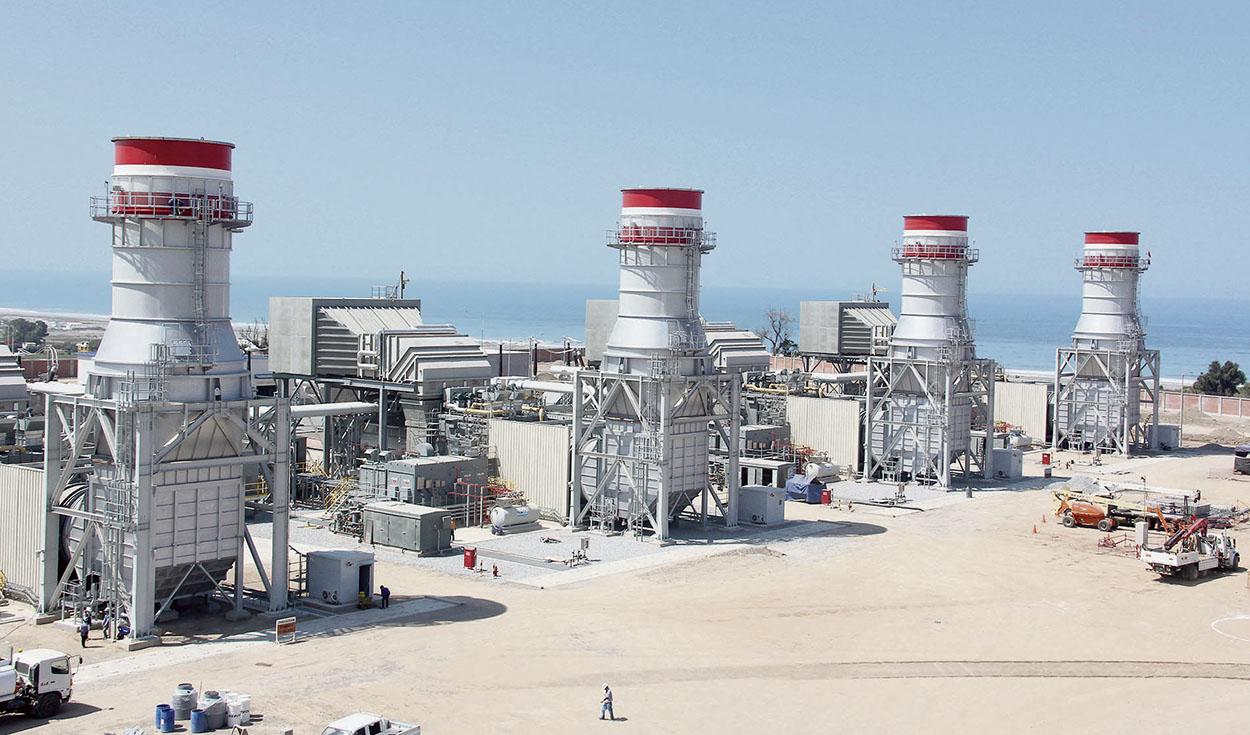
The Peruvian Renewable Energy Association (SPR) warned that the impact that El Niño causes and will cause is being felt in the Peruvian energy market, where the cost of generation has skyrocketed in recent months, reaching its peak last August, when it reached US$200 MWh (megawatts per hour). ).
This estimate was made by the president of the board of directors of the Economic Operation Committee of the National Interconnected System (COES), César Butrón, last Tuesday during his presentation at the Energy and Mines Committee of the Congress of the Republic.
“[Este encarecimiento se da por la] scarcity of water and rain in the central and southern areas of the country, where the large hydroelectric reservoirs are located. In terms of electricity generation this means an increase of US$30 MWh [el costo regular] at US$200 MWh,” explains Butrón.
It should be noted that this situation occurs – says the president of the COES – because today diesel oil is being burned almost 24 hours a day to meet the electricity demand in Peru, given that hydroelectric plants have reduced their participation (due to the climate factor). , and that generation through natural gas is being used to the maximum available.
In this context, November will be a momentous month for the energy market and Peruvian consumers, reveals César Butrón, because if the rains do not arrive in the center and south of the country, the scenario described above will remain at least until October of next year. , if it doesn’t get worse.
SPR recognized that domestic customers are not directly affected by the increase in the cost of electricity generation, since they are protected by contracts between generators and distributors (regulated market).
However, the dependence of the energy matrix by 93% on two generation sources, hydroelectric and thermoelectric, does limit the reduction in electricity rates, which could be much cheaper than they currently are.
Today the regulation of the electricity market in Peru has not adapted to the new technologies for generating clean and cheap electricity used in the world. For now we are dealing with regulatory barriers that only allow generation with hydroelectric and thermoelectric technology and exclude all others, such as solar and wind, among others.
SPR: wind and solar want equal competition
Along these lines, Miguel Révolo, Tariff Regulation Manager at Osinergmin, has indicated in Congress that, among the measures that his entity is proposing to mitigate the impact of climate change on electricity generation, is the modification of Law No. 28832, proposed by the Executive.
The device seeks to allow greater competition for supply bidding processes, achieving the participation of renewable energy projects (RER), “opening the possibility that energy and power can be purchased separately and that it can be marketed by time blocks”.
It is important to note here that the Ministry of Energy and Mines (Minem) has highlighted that these regulatory changes will benefit more than 8 million families, MSEs and businesses, which are part of the regulated market.
According to SPR calculations, solar and wind generation have prices that range between US$20 MWh and US$40 MWh, respectively, which is why it is estimated that increasing their participation in the energy matrix will sustainably drive the reduction of electricity rates. that these millions of families pay, in principle at 16% on electricity bills.
Source: Larepublica
Alia is a professional author and journalist, working at 247 news agency. She writes on various topics from economy news to general interest pieces, providing readers with relevant and informative content. With years of experience, she brings a unique perspective and in-depth analysis to her work.











